News
The Method to Director Osgood Perkins’ Madness
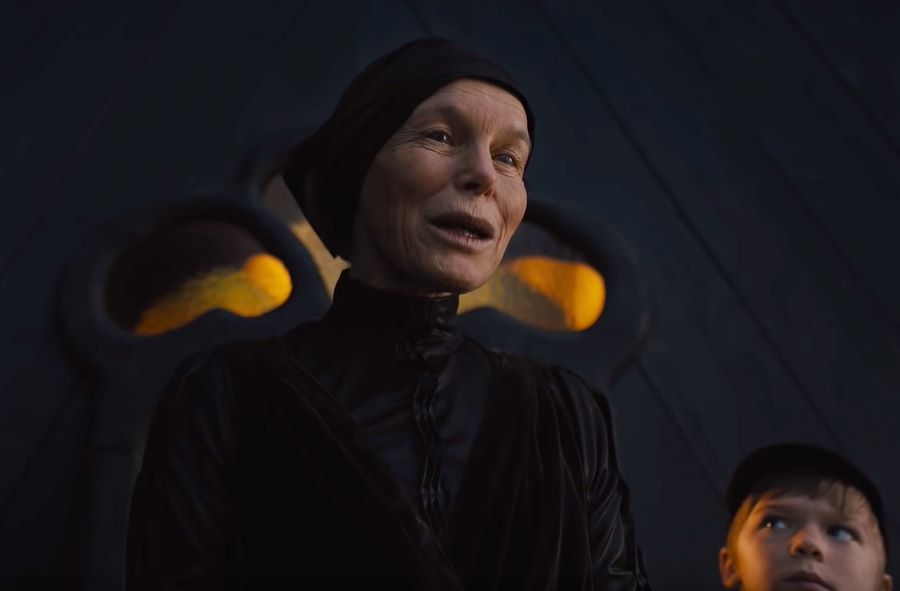
Gretel & Hansel Director Osgood Perkins could be considered Hollywood horror royalty. For those who don’t know his father is legendary actor Anthony Perkins who played the conflicted killer Norman Bates in Alfred Hitchcock’s Psycho and its subsequent sequels.
Osgood’s latest work is Gretel & Hansel which just opened to some critical acclaim. Horror movies have had a recent renaissance in the past few years, some good, some bad, but ask a horror fan what is considered horror–and what isn’t–and you’ll get varied answers.
I sat down with Osgood to discuss this very topic among other things including what he considers horror. What I discovered is he has a definite vision of where he wants to take things and that includes making the genre just as frightening and just as moody for a younger audience.

Osgood “Oz” Perkins – Comingsoon.net
iHorror: When you first saw the script for Gretel & Hansel with the names switched, how did you react?
Osgood Perkins: It seemed to me right off the bat that it was an opportunity to push—not in the direction of, ‘Oh, How can we make this into a pointless horror movie?’—but push it into the direction of making this into a coming-of-age story. For me, I started more thinking of it as ‘becoming of age’ right? And so this quality of like ‘oh if Gretel’s name is foreground then it implies that she’s going to experience a growth’ and so it became about what can that growth be and more importantly what can that growth be vis-à-vis Hansel?
Because if the expectation is that these two go together, how can we make this both a coming-of-age story and make that coming-of-age be related to this intrinsic relationship?
Were you afraid that people would expect more of an action film like the adaptation released in 2013?
Yeah and luckily the draft of the script that came to me was so faithful to the original telling and didn’t clutter the narrative with a bunch of additional characters or dragons or armies or Orcs—nothing was apologized for. We weren’t approaching it from an apologist’s standpoint. I felt the fact that it was such a nice, faithful and humble adherence to the source material is the best part about it by far.
There have been things like Hansel and Gretel: Witch Hunters, which by the way was successful and people liked—I never saw it, I don’t know. But it [Gretel & Hansel] never felt prohibited because of that. If anything it felt like we had rights on our side. We were going to be doing a thing that was gonna be most honorably reflective of what the story actually was, so that was exciting.
You’ve done some things for A24 and fandom is really polarizing right now. Some people think The Witch is horror, some people would argue that. What does horror mean to you?
For me horror is less about turning you off with gruesome, sort of aggressive defiling, all that stuff–which I get–was for a long time the expectation of horror movies and it was going to be like negatively reflective of the ugliness of things.
I think that’s valid.
I think that what I am excited to do is bring the humanist quality back to horror movies and horror stories; the sort of mournfulness of what it’s like to lose, what it’s like to not understand, what it’s like to have your experience clouded, what’s hidden from us. It’s much more about what’s hidden and what’s waiting as opposed to what’s assaulting us at all times.
It’s almost like there’s someone following us, or watching us, in no hurry. It’s called death. I think that is such a richer place to be than how ugly can we make the world seem. I don’t want to be doing that with my day, making the world ugly.
As far as special effects for Gretel & Hansel, are they in real-time, practical?
Yeah, everything we did we tried to do practically in the camera with the actors as much as we could.
Why?
It just fits the tempo better. It fits the rhythm of what we’re doing better. Everybody’s seen the bit of the witch pulling the hair out of her mouth at the table. That, in the movie, is a very slow thing.
In the trailers, they sped it up for the sake of marketing, but in the movie, it’s almost like this sort of silent expression of these horrible things I can do, but with elegance and in no hurry.
And I think there’s a feeling when you let the actor be in control of the timing as opposed to letting the VFX house be in control of the timing. Let the actor feel it and let it be revealed.
With disturbing, moody horror films coming from directors such as Ari Aster and Jordan Peele what are you hoping audiences get from this film?
My aspiration for this movie was to make a scary movie that’s PG-13 and there are very few if any of those. Scary Stories to Tell in the Dark is maybe the only one that can be named recently.
The idea was to sort of say to younger audiences, ‘You’re welcome into this genre, which is a little too much for you, but we’re gonna couch it in a recognizable story of children, we’re gonna couch it in coming-of-age so there’s going to be an uplifting, ultimate feeling but we’re going to paint it very darkly.
We’re gonna stay as close to this original telling as we can–it’s going to be simple, it’s not going to be in your face. To me, if you’re reading a child a fairy tale there’s no in-your-face version of that.
There’s the page-turning version of that. There’s the ‘Now we turn the page and it’s the next thing, and now we turn the page and it’s the next thing,’ so the picture that we make is supposed to have a page-turning quality to it as opposed to rushing toward scares all the time, it’s supposed to be: and then this, and then this, and then this, and then this, in a more measured and composed way that really never gets in your face.
It’s meant to have sort of a presentation of a storybook.
What are you working on next?
The next thing I am doing immediately is I wrote and am going to be directing an episode of the new “Twilight Zone for Jordan Peele who you mentioned before.
They were nice enough to suggest that I kind of build my own episode which is kind of uncommon for that show, so I wrote an original idea and I’m directing it. Which is really fun to honor the all-time great Twilight Zone but to do it with a new flair
Osgood Perkins’ Gretel & Hansel is now playing in theaters nationwide.
'Civil War' Review: Is It Worth Watching?
Follow our new YouTube channel "Mysteries and Movies" here.

Lists
Thrills and Chills: Ranking ‘Radio Silence’ Films from Bloody Brilliant to Just Bloody
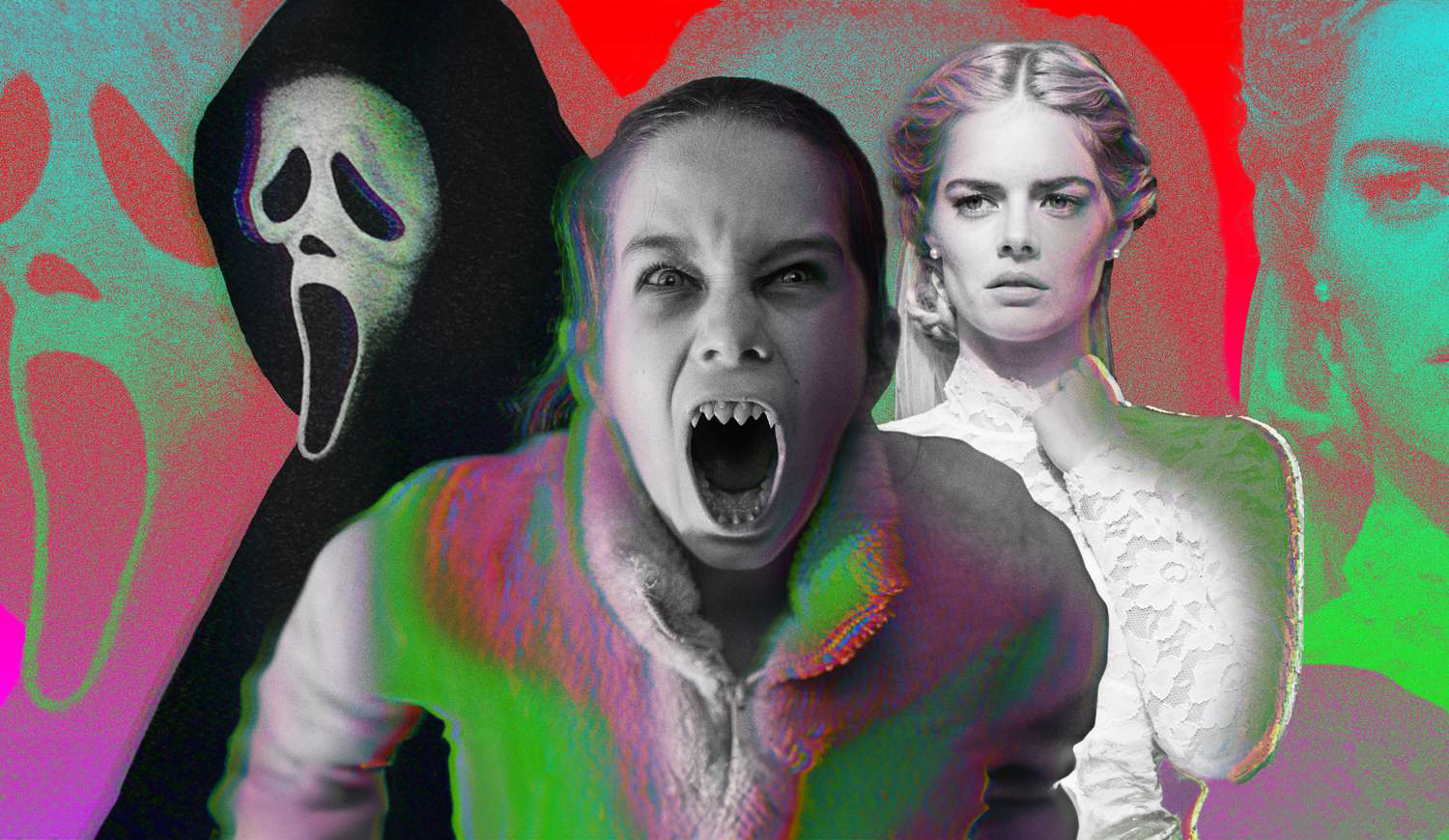
Matt Bettinelli-Olpin, Tyler Gillett, and Chad Villella are all filmmakers under the collective label called Radio Silence. Bettinelli-Olpin and Gillett are the primary directors under that moniker while Villella produces.
They have gained popularity over the past 13 years and their films have become known as having a certain Radio Silence “signature.” They are bloody, usually contain monsters, and have breakneck action sequences. Their recent film Abigail exemplifies that signature and is perhaps their best film yet. They are currently working on a reboot of John Carpenter’s Escape From New York.
We thought we would go through the list of projects they have directed and rank them from high to low. None of the movies and shorts on this list are bad, they all have their merits. These rankings from top to bottom are just ones we felt showcased their talents the best.
We didn’t include movies they produced but didn’t direct.
#1. Abigail
An update to the second film on this list, Abagail is the natural progression of Radio Silence’s love of lockdown horror. It follows in pretty much the same footsteps of Ready or Not, but manages to go one better — make it about vampires.
#2. Ready or Not
This film put Radio Silence on the map. While not as successful at the box office as some of their other films, Ready or Not proved that the team could step outside their limited anthology space and create a fun, thrilling, and bloody adventure-length film.
#3. Scream (2022)
While Scream will always be a polarizing franchise, this prequel, sequel, reboot — however you want to label it showed just how much Radio Silence knew the source material. It wasn’t lazy or cash-grabby, just a good time with legendary characters we love and new ones who grew on us.
#4 Southbound (The Way Out)
Radio Silence tosses their found footage modus operandi for this anthology film. Responsible for the bookend stories, they create a terrifying world in their segment titled The Way Out, which involves strange floating beings and some sort of time loop. It’s kind of the first time we see their work without a shaky cam. If we were to rank this entire film, it would remain at this position on the list.
#5. V/H/S (10/31/98)
The film that started it all for Radio Silence. Or should we say the segment that started it all. Even though this isn’t feature-length what they managed to do with the time they had was very good. Their chapter was titled 10/31/98, a found-footage short involving a group of friends who crash what they think is a staged exorcism only to learn not to assume things on Halloween night.
#6. Scream VI
Cranking up the action, moving to the big city and letting Ghostface use a shotgun, Scream VI turned the franchise on its head. Like their first one, this film played with canon and managed to win over a lot of fans in its direction, but alienated others for coloring too far outside the lines of Wes Craven’s beloved series. If any sequel was showing how the trope was going stale it was Scream VI, but it managed to squeeze some fresh blood out of this nearly three-decade mainstay.
#7. Devil’s Due
Fairly underrated, this, Radio Silence’s first feature-length film, is a sampler of things they took from V/H/S. It was filmed in an omnipresent found footage style, showcasing a form of possession, and features clueless men. Since this was their first bonafide major studio job it’s a wonderful touchstone to see how far they have come with their storytelling.
'Civil War' Review: Is It Worth Watching?
Follow our new YouTube channel "Mysteries and Movies" here.
News
Perhaps the Scariest, Most Disturbing Series of The Year

You may have never heard of Richard Gadd, but that will probably change after this month. His mini-series Baby Reindeer just hit Netflix and it’s a terrifying deep dive into abuse, addiction, and mental illness. What is even scarier is that it’s based on Gadd’s real-life hardships.
The crux of the story is about a man named Donny Dunn played by Gadd who wants to be a stand-up comedian, but it’s not working out so well thanks to stage fright stemming from his insecurity.
One day at his day job he meets a woman named Martha, played to unhinged perfection by Jessica Gunning, who is instantly charmed by Donny’s kindness and good looks. It doesn’t take long before she nicknames him “Baby Reindeer” and begins to relentlessly stalk him. But that is just the apex of Donny’s problems, he has his own incredibly disturbing issues.
This mini-series should come with a lot of triggers, so just be warned it is not for the faint of heart. The horrors here don’t come from blood and gore, but from physical and mental abuse that go beyond any physiological thriller you may have ever seen.
“It’s very emotionally true, obviously: I was severely stalked and severely abused,” Gadd said to People, explaining why he changed some aspects of the story. “But we wanted it to exist in the sphere of art, as well as protect the people it’s based on.”
The series has gained momentum thanks to positive word-of-mouth, and Gadd is getting used to the notoriety.
“It’s clearly struck a chord,” he told The Guardian. “I really did believe in it, but it’s taken off so quickly that I do feel a bit windswept.”
You can stream Baby Reindeer on Netflix right now.
If you or someone you know has been sexually assaulted, please contact the National Sexual Assault Hotline at 1-800-656-HOPE (4673) or go to rainn.org.
'Civil War' Review: Is It Worth Watching?
Follow our new YouTube channel "Mysteries and Movies" here.
Movies
The Original ‘Beetlejuice’ Sequel Had an Interesting Location
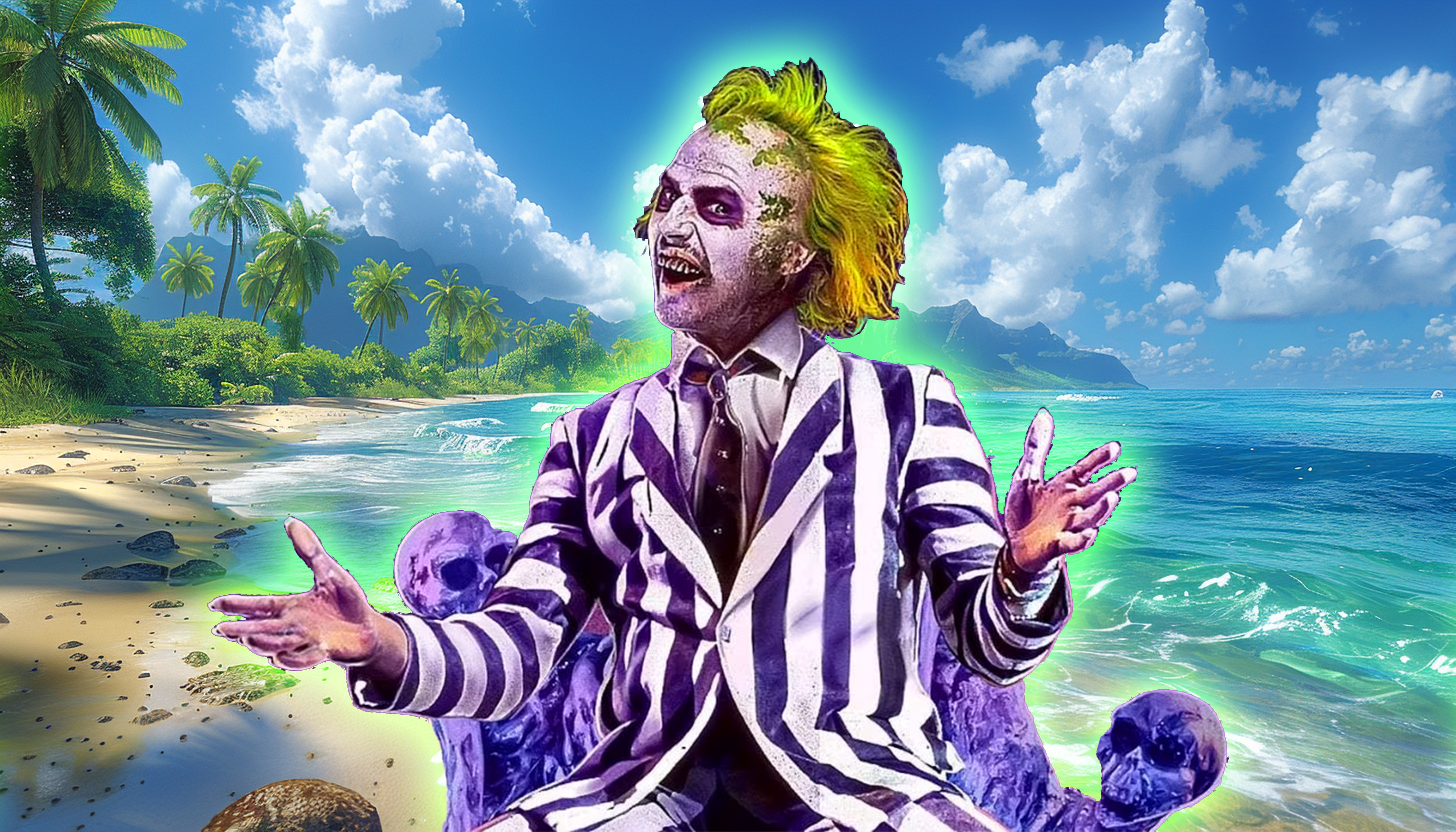
Back in the late ’80s and early ’90s sequels to hit movies weren’t as linear as they are today. It was more like “let’s re-do the situation but in a different location.” Remember Speed 2, or National Lampoon’s European Vacation? Even Aliens, as good as it is, follows a lot of the plot points of the original; people stuck on a ship, an android, a little girl in peril instead of a cat. So it makes sense that one of the most popular supernatural comedies of all time, Beetlejuice would follow the same pattern.
In 1991 Tim Burton was interested in doing a sequel to his 1988 original, it was called Beetlejuice Goes Hawaiian:
“The Deetz family moves to Hawaii to develop a resort. Construction begins, and it’s quickly discovered that the hotel will be sitting on top of an ancient burial ground. Beetlejuice comes in to save the day.”
Burton liked the script but wanted some re-writes so he asked then-hot screenwriter Daniel Waters who had just got done contributing to Heathers. He passed on the opportunity so producer David Geffen offered it to Troop Beverly Hills scribe Pamela Norris to no avail.
Eventually, Warner Bros. asked Kevin Smith to punch up Beetlejuice Goes Hawaiian, he scoffed at the idea, saying, “Didn’t we say all we needed to say in the first Beetlejuice? Must we go tropical?”
Nine years later the sequel was killed. The studio said Winona Ryder was now too old for the part and an entire re-cast needed to happen. But Burton never gave up, there were a lot of directions he wanted to take his characters, including a Disney crossover.
“We talked about lots of different things,” the director said in Entertainment Weekly. “That was early on when we were going, Beetlejuice and the Haunted Mansion, Beetlejuice Goes West, whatever. Lots of things came up.”
Fast-forward to 2011 when another script was pitched for a sequel. This time the writer of Burton’s Dark Shadows, Seth Grahame-Smith was hired and he wanted to make sure the story wasn’t a cash-grabbing remake or reboot. Four years later, in 2015, a script was approved with both Ryder and Keaton saying they would return to their respective roles. In 2017 that script was revamped and then eventually shelved in 2019.
During the time the sequel script was being tossed around in Hollywood, in 2016 an artist named Alex Murillo posted what looked like one-sheets for a Beetlejuice sequel. Although they were fabricated and had no affiliation with Warner Bros. people thought they were real.
Perhaps the virality of the artwork sparked interest in a Beetlejuice sequel once again, and finally, it was confirmed in 2022 Beetlejuice 2 had a green light from a script written by Wednesday writers Alfred Gough and Miles Millar. The star of that series Jenna Ortega signed on to the new movie with filming starting in 2023. It was also confirmed that Danny Elfman would return to do the score.
Burton and Keaton agreed that the new film titled Beetlejuice, Beetlejuice wouldn’t rely on CGI or other other forms of technology. They wanted the film to feel “handmade.” The film wrapped in November 2023.
It’s been over three decades to come up with a sequel to Beetlejuice. Hopefully, since they said aloha to Beetlejuice Goes Hawaiian there has been enough time and creativity to ensure Beetlejuice, Beetlejuice will not only honor the characters, but fans of the original.
Beetlejuice, Beetlejuice will open theatrically on September 6.
'Civil War' Review: Is It Worth Watching?
Follow our new YouTube channel "Mysteries and Movies" here.
-

 News6 days ago
News6 days agoWoman Brings Corpse Into Bank To Sign Loan Papers
-

 News7 days ago
News7 days agoHome Depot’s 12-Foot Skeleton Returns with a New Friend, Plus New Life-Size Prop from Spirit Halloween
-

 News4 days ago
News4 days agoBrad Dourif Says He’s Retiring Except For One Important Role
-

 Strange and Unusual5 days ago
Strange and Unusual5 days agoMan Arrested for Allegedly Taking a Severed Leg From Crash Site And Eating It
-

 Movies6 days ago
Movies6 days agoPart Concert, Part Horror Movie M. Night Shyamalan’s ‘Trap’ Trailer Released
-
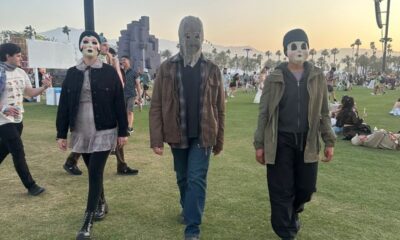
 Movies6 days ago
Movies6 days ago‘The Strangers’ Invaded Coachella in Instagramable PR Stunt
-

 Movies5 days ago
Movies5 days agoAnother Creepy Spider Movie Hits Shudder This Month
-
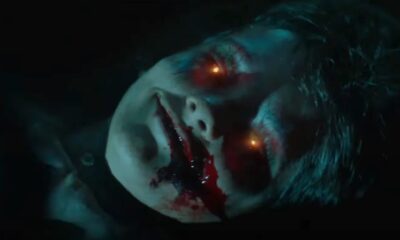
 Movies6 days ago
Movies6 days agoRenny Harlin’s Recent Horror Movie ‘Refuge’ Releasing in U.S. This Month
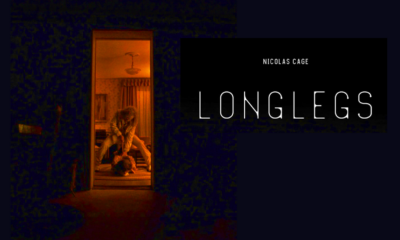

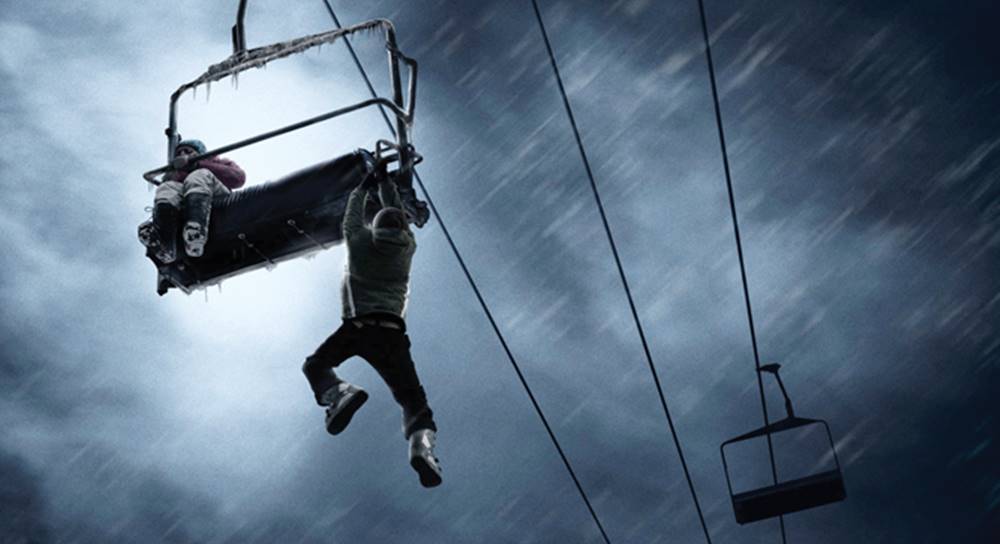
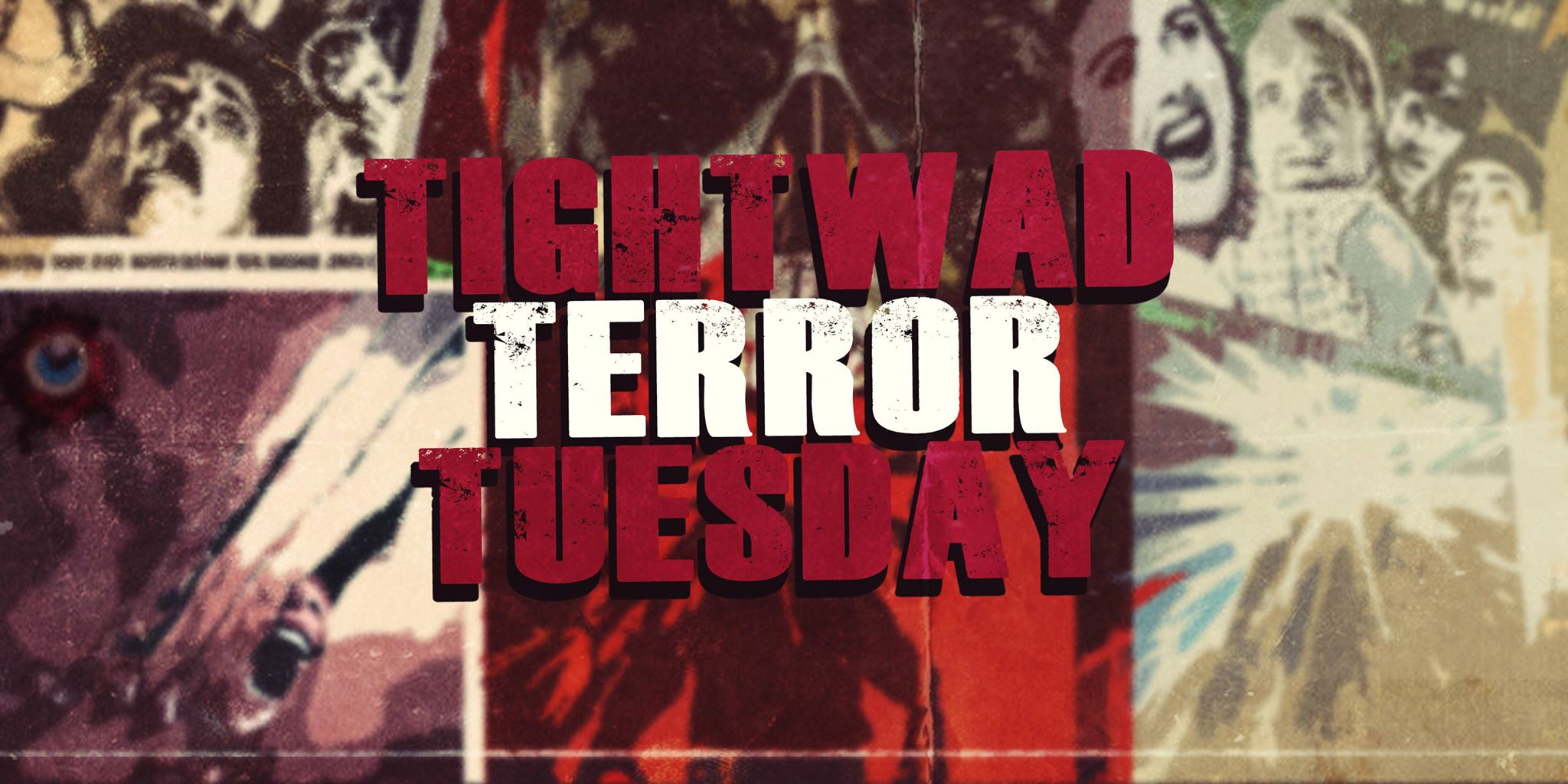


















You must be logged in to post a comment Login